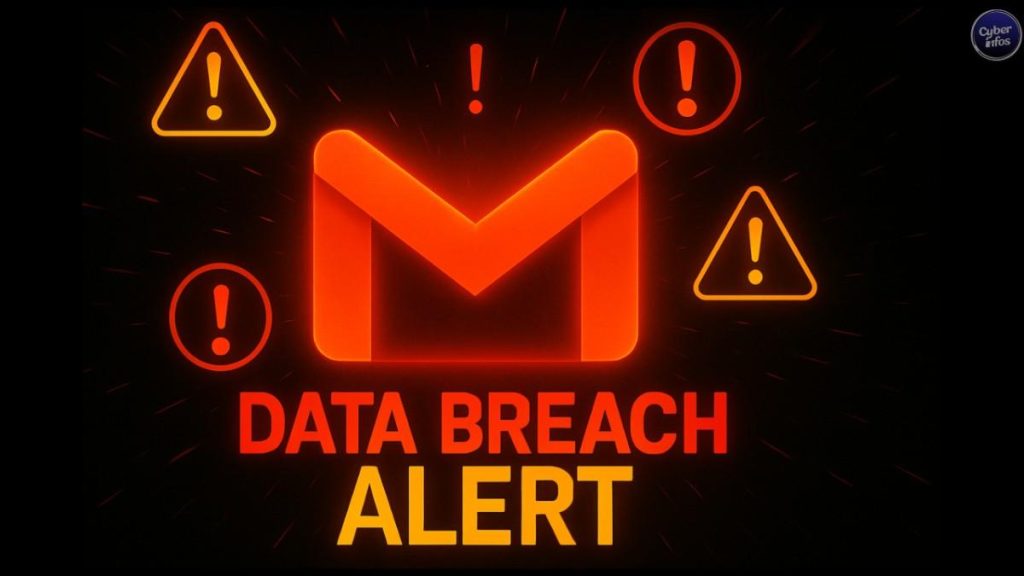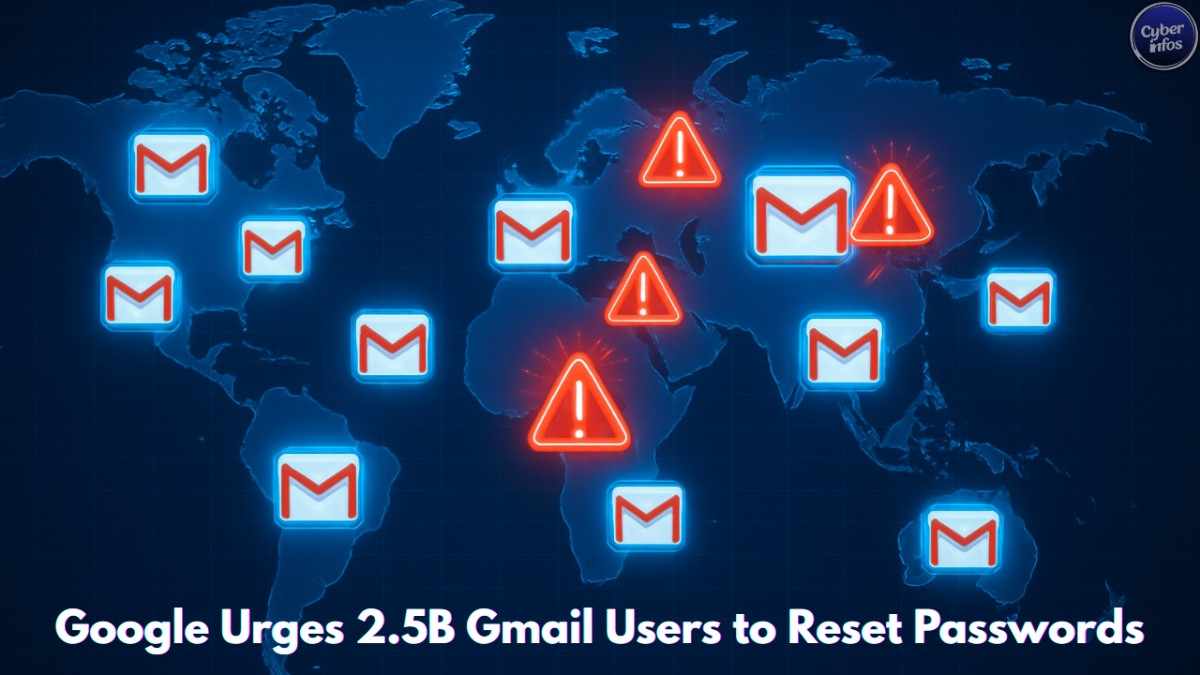Security teams confirm the threat group ShinyHunters (UNC6040) gained unauthorized access to a corporate Salesforce instance, exposing business contact data that could fuel large-scale phishing and vishing campaigns.
Who’s Affected?
Google says core consumer services like Gmail and Google Drive were not directly breached and that no passwords or financial information were exposed. The compromised Salesforce records contained business contact information, emails, and sales notes for small and medium-sized enterprises (SMBs) around the world.
Impact summary:
- Direct data exposure: business contact details and sales notes (limited dataset).
- Downstream risk: all Gmail users may face more convincing, targeted phishing/vishing attempts.
- Regulatory attention: the incident may spur scrutiny of third-party SaaS data-handling and vendor controls.
Why This Matters
Even when the initial data leak appears low-sensitivity, attackers can weaponize it to craft highly believable social-engineering lures that trick employees and customers into surrendering credentials or multi-factor authentication codes.
Past incidents for context:
- ShinyHunters has previously been tied to breaches at Adidas, Cisco, and LVMH, where limited leaks later enabled larger fraud and extortion campaigns.
- Third-party breaches (SaaS providers, vendors) repeatedly show the weakest link in the enterprise security chain.
How the Hack Happened
According to Google’s internal analysis, the attackers used vishing (voice phishing): they phoned an employee, impersonated IT support, and convinced the person to grant system privileges. That social-engineering foothold allowed UNC6040 to access and exfiltrate the Salesforce data before Google detected and terminated the session.
“Every breach involving a major provider like Google becomes a launchpad for secondary attacks,” said Dr. Karen Michaels, Chief Security Officer at ThreatLabs Global. “What looks like harmless business data can be weaponized into sophisticated lures that even trained employees fall for.”
Google has stated it contained the breach, completed an impact analysis, and notified directly affected parties by August 8, 2025.
Industry Reactions
Immediate Impact Assessment & Who’s Affected
Immediate risks: a surge in targeted email phishing and phone-based vishing attempts that use realistic business context gleaned from the stolen records.
Who should assume risk: all Gmail users should be vigilant—particularly employees at SMBs whose contact information was stored in the compromised Salesforce instance.
Actionable Steps — What You Should Do Right Now
Do these immediately:
- Reset your Gmail password now. Use a unique, strong password you do not use on any other site.
- Enable two-factor authentication (2FA) for Google accounts — prefer an authenticator app or hardware key over SMS when possible.
- Be wary of unsolicited calls or emails that claim to be Google or IT support; never divulge codes or passwords over the phone.
- Report suspicious messages using Gmail’s “Report phishing” feature and block unknown senders.
- Check account activity in Google Account > Security > Recent security activity and Devices.
Follow-up Questions & Ongoing Investigation
The following questions remain under investigation and will determine the wider fallout:
- Were any persistence mechanisms or backdoors installed during the intrusion?
- Could attackers pivot to directly target consumer Gmail accounts using social engineering informed by the stolen business data?
- What specific Salesforce admin and authentication controls were bypassed, and has Salesforce issued guidance to corporate customers?
- Will regulators demand enhanced oversight of third-party SaaS access privileges?
Google says forensic analysis is ongoing and law enforcement has been notified. Expect additional technical and legal developments in the coming days and weeks.
Final thoughts


